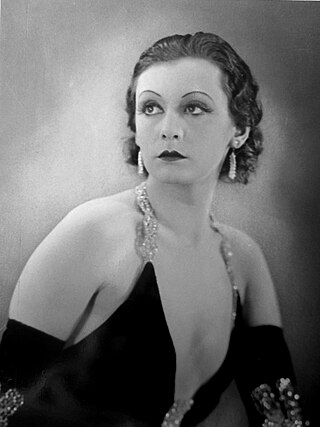
Zarah Leander was a Swedish singer and actress whose greatest success was in Germany between 1936 and 1943, when she was contracted to work for the state-owned Universum Film AG (UFA). Although no exact record sales numbers exist, she was probably among Europe's best-selling recording artists in the years prior to 1945. Her involvement with UFA caused her films and lyrics to be identified as Nazi propaganda. Though she had taken no public political position and was dubbed an "Enemy of Germany" by Joseph Goebbels, she remained a controversial figure for the rest of her life. As a singer, Leander was known for her confident style and her deep contralto voice, and was also known as a "female baritone".

Brigitte Horney was a German theatre and film actress. Best remembered was her role as Empress Katherine the Great in the 1943 version of the UFA film version of Baron Münchhausen, directed by Josef von Báky, with Hans Albers in the title role.

Willy Birgel, born Wilhelm Maria Birgel, was a German theatre and film actor.
Eduard von Borsody was an Austrian cameraman, film editor, film director, and screenplay writer.
The term state actor has had different meanings in recent German history. In Nazi Germany, it was the highest title that could be awarded to a stage actor. Since 1945, the meaning has changed. In Baden-Württemberg, it is no longer simply a title of honor, but an official position.
Carl Raddatz was a German stage and film actor. Raddatz was a leading man of German cinema during the Nazi era appearing in a number of propaganda films and romances. Later in his career he developed a reputation for playing benevolent father figures.

City of Anatol is a 1936 German drama film directed by Viktor Tourjansky and starring Gustav Fröhlich, Brigitte Horney and Fritz Kampers. It is based on a 1932 novel City of Anatol by Bernhard Kellermann. The film is set in a small city in the Balkans, where the discovery of oil leads to a major boom. It was shot at the Babelsberg Studios in Berlin with sets designed by the art directors Otto Hunte and Willy Schiller. A separate French language version Wells in Flames was made, also directed by Tourjansky but featuring a different cast.

Target in the Clouds is a 1939 German drama film directed by Wolfgang Liebeneiner and starring Albert Matterstock, Leny Marenbach and Brigitte Horney. It was based on a novel by Hans Rabl. The film portrays the struggles of the fictional German aviation pioneer Walter von Suhr, an officer in the pre-First World War German army who saw the potential for military aircraft.
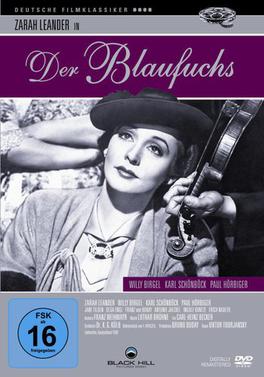
The Blue Fox is a 1938 German comedy film directed by Viktor Tourjansky and starring Zarah Leander, Willy Birgel and Paul Hörbiger. It was based on a play by the Hungarian writer Ferenc Herczeg. It includes the song Kann denn Liebe Sünde sein. It was shot at the Babelsberg Studios in Potsdam and on location in Budapest. The film's sets were designed by the art director Werner Schlichting.
Diesel is a 1942 German biographical film directed by Gerhard Lamprecht and starring Willy Birgel, Hilde Weissner, and Paul Wegener. It portrays the life of Rudolf Diesel, the German inventor of the diesel engine. It was one of a series of prestigious biopics made in Nazi Germany portraying genius inventors or artists struggling against the societies in which they live. The film was based on a biography by Eugen Diesel, one of Diesel's children.
Liberated Hands or Freed Hands is a 1939 German drama film directed by Hans Schweikart and starring Brigitte Horney, Olga Chekhova and Ewald Balser. It was screened at the 8th Venice International Film Festival. Horney plays a sculptor who discovers her true vocation.
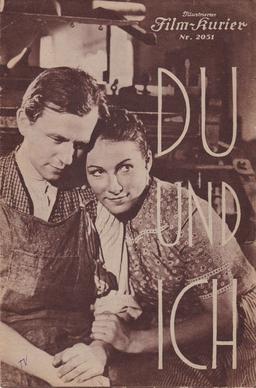
You and I is a 1938 German romance film directed by Wolfgang Liebeneiner and starring Brigitte Horney, Joachim Gottschalk and Paul Bildt.

Captain Wronski is a 1954 West German spy film directed by Ulrich Erfurth and starring Willy Birgel, Elisabeth Flickenschildt, and Antje Weisgerber. A Polish officer works undercover in 1930s Berlin to discover Nazi Germany's plans against his homeland.

Men Without a Fatherland is a 1937 German drama film directed by Herbert Maisch and starring Willy Fritsch, Maria von Tasnady and Willy Birgel.

Enemies is a 1940 German drama film directed by Viktor Tourjansky and starring Brigitte Horney, Willy Birgel and Reinhold Lütjohann. The film was a Nazi propaganda work, attacking Poland which Germany had invaded the year before. The film's sets were designed by Herbert Hochreiter, Alfred Metscher and Julius von Borsody.
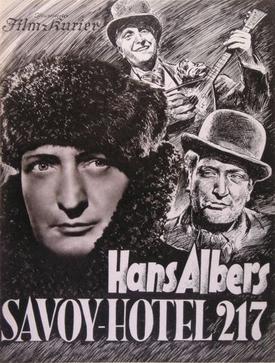
Savoy Hotel 217 is a 1936 German mystery drama film directed by Gustav Ucicky and starring Hans Albers, Brigitte Horney and Alexander Engel. It was shot at the Babelsberg Studios in Potsdam. The film's sets were designed by the art directors Robert Herlth and Walter Röhrig. The costumes were by Herbert Ploberger. It premiered at Berlin's UFA-Palast am Zoo.

The Chaplain of San Lorenzo is a 1953 West German drama film directed by Gustav Ucicky and starring Willy Birgel, Dieter Borsche and Gertrud Kückelmann. It was shot at the Bavaria Studios in Munich. The film's sets were designed by the art directors Robert Herlth and Gottfried Will.
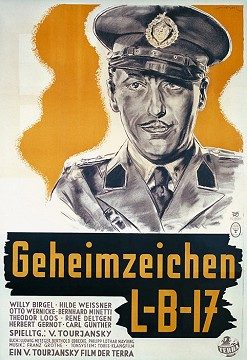
Secret Code LB 17 is a 1938 German thriller film directed by Victor Tourjansky and starring Willy Birgel, Hilde Weissner and Bernhard Minetti. It was made at the Babelsberg Studios outside Berlin. The film's sets were designed by the art directors Karl Böhm and Erich Czerwonski.

The Governor is a 1939 German drama film directed by Viktor Tourjansky and starring Brigitte Horney, Willy Birgel and Hannelore Schroth. It is based on the play Die Fahne by Emmerich Groh. It was shot at the Babelsberg and Tempelhof Studios in Berlin and on location in East Prussia. The film's sets were designed by the art director Max Mellin. It was produced on a budget of 715,000 Reichsmarks.














